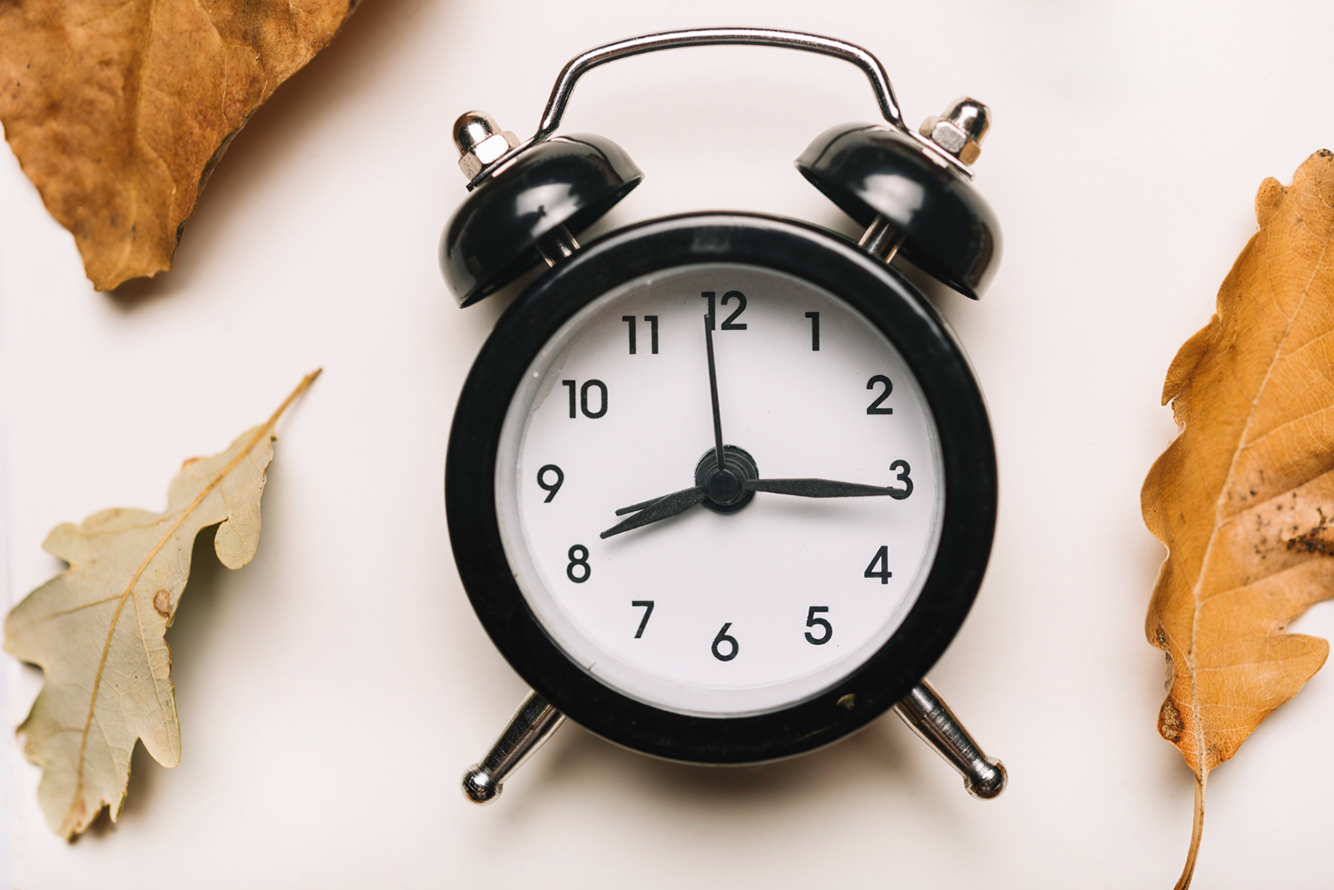As November draws near, Illinoisans are gearing up for the transition back to Standard Time as Daylight Saving Time (DST) ends this weekend. On Sunday, November 3, 2024, at precisely 2 a.m., clocks will be set back one hour. This change signals the official return to Standard Time. This gives an extra hour of sleep for many but also the arrival of earlier sunsets and longer nights.
This shift is an annual reminder that winter is just around the corner. Here in Illinois, daylight hours will shorten dramatically, with sunset occurring around 4:41 p.m. immediately following the time change.
The concept of Daylight Saving Time was first introduced during World War I as part of the United States’ efforts to conserve fuel and energy. The idea was that by shifting an hour of daylight from the morning to the evening, households would use less energy for lighting and heating in the evening hours.
This temporary measure was so well-received that the U.S. revisited it during World War II, and later Congress enacted the Uniform Time Act of 1966 to standardize the practice across states. However, not all parts of the U.S. participate in this semi-annual clock change. States like Arizona and Hawaii, along with some U.S. territories, remain on standard time year-round, opting out of Daylight Saving Time altogether.
In recent years, the conversation surrounding the elimination of time changes has gained significant momentum. The Sunshine Protection Act, a bill aimed at making Daylight Saving Time permanent, has been introduced several times in Congress. If passed, this would mean no more springing forward or falling back. However, despite widespread public support, the legislation has yet to advance past committee discussions.
In Illinois, various efforts have also been made to do away with the biannual time shifts. State lawmakers have proposed several bills over the years to either adopt permanent DST or eliminate the practice altogether. But despite the recurring debates, no permanent solution has been reached at either the state or federal levels. For now, Illinoisans will continue to observe these seasonal shifts.
Daylight Saving Time will return in 2025 on March 9, when clocks will once again “spring forward” by one hour. As we prepare to “fall back,” remember to savor that extra hour of sleep and adjust your routine to make the most of the earlier daylight in the mornings. Whether you’re a fan of the time change or not, it’s a part of the rhythm of the year that reminds us to adapt and adjust as the seasons change.
